详细说明
Purity
>95%, by SDS-PAGE under reducing conditions and visualized by silver stain
Endotoxin Level
<0.01 EU per 1 μg of the protein by the LAL method.
Activity
Measured by its binding ability in a functional ELISA. When Recombinant T. gondii Profilin is immobilized at 5 µg/mL (100 µL/well), the concentration of Recombinant Mouse TLR11 Fc Chimera that produces 50% of the optimal binding response is approximately 1-5 µg/mL.
Source
Chinese Hamster Ovary cell line, CHO-derived
Mouse TLR11
(Trp31-Glu721)
Accession # Q6R5P0IEGRMDP Mouse IgG2A
(Glu98-Lys330)N-terminus C-terminus Accession #
N-terminal Sequence
AnalysisStarts at Trp31
Structure / Form
Disulfide-linked homodimer
Predicted Molecular Mass
105.6 kDa (monomer)
SDS-PAGE
115-135 kDa, reducing conditions
7640-TR |
| |
Formulation Lyophilized from a 0.2 μm filtered solution in PBS. | ||
Reconstitution Reconstitute at 100 μg/mL in PBS. | ||
Shipping The product is shipped with polar packs. Upon receipt, store it immediately at the temperature recommended below. | ||
Stability & Storage: Use a manual defrost freezer and avoid repeated freeze-thaw cycles.
|
Background: TLR11
TLR11 is a type I transmembrane receptor of the Toll‑like receptor family that is primarily expressed in epithelial cells in the liver, kidney, bladder and intestines, as well as in dendritic cells and macrophages (1‑3). The 926 amino acid (aa) mouse TLR11 transcript encodes a 30 aa signal sequence, a 691 aa extracellular domain (ECD) with 10 leucine-rich repeats and 9 potential N‑glycosylation sites, a 21 aa transmembrane domain, and a 184 aa cytoplasmic domain with a TIR domain (1). Within the ECD, mouse and rat TLR11 share 86% aa sequence identity. Human TLR11 is a pseudogene that is not expressed. Some researchers have found TLR11 in the dendritic cell plasma membrane, where it cooperates with MyD88 to take up antigen and initiate cell signaling (3‑5). Others have found it in the endoplasmic reticulum (ER), where it interacts with the multispan ER protein UNC93B1 (6). TLR11 recognizes profilin proteins on Toxoplasma gondii and other intracellular parasites (3, 7). Binding of profiln activates dendritic cell subsets to expand, mature, produce IL‑12, and present antigenic profilin peptides to T cells (2‑4). TLR11 is also reported to recognize pathogenic bacteria in the urinary tract (1). In the intestines, it is expressed on M cells, where its recognition of pathogenic salmonella blocks their entry into Peyer’s patches (8). TLR11 allows mice to be resistant to Salmonella typhi, the organism causing typhoid fever, while humans are sensitive (9).
References:
Zhang, D. et al. (2004) Science 303:1522.
Pepper, M. et al. (2008) J. Immunol. 180:6229.
Yarovinsky, F. et al. (2005) Science 308:1626.
Yarovinsky, F. et al. (2006) Immunity 25:655.
Liu, B. et al. (2010) Nat. Commun. 1:79.
Pifer, R. et al. (2011) J. Biol. Chem. 286:3307.
Kucera, K. et al. (2010) J. Mol. Biol. 403:616.
Shi, Z. et al. (2012) J. Biol. Chem. 287:43417.
Mathur, R. et al. (2012) Cell 151:590.
Long Name:
Toll-like Receptor 11
Entrez Gene IDs:
239081 (Mouse); 498491 (Rat)
Alternate Names:
Gm287; hgnc31753; TLR11; Toll like receptor 11







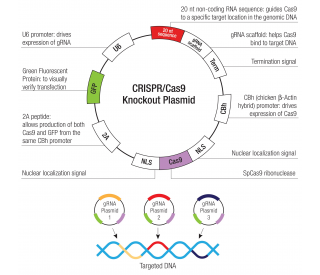
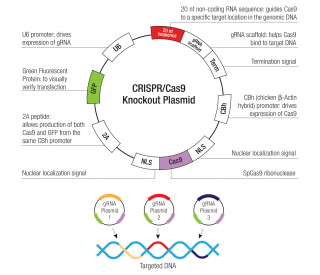
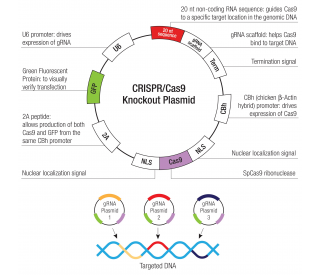
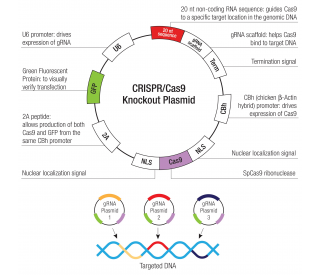
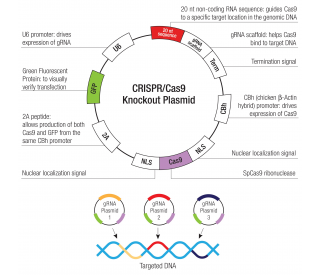
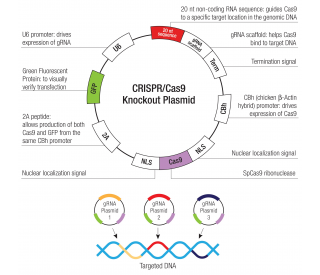



 粤公网安备44196802000105号
粤公网安备44196802000105号